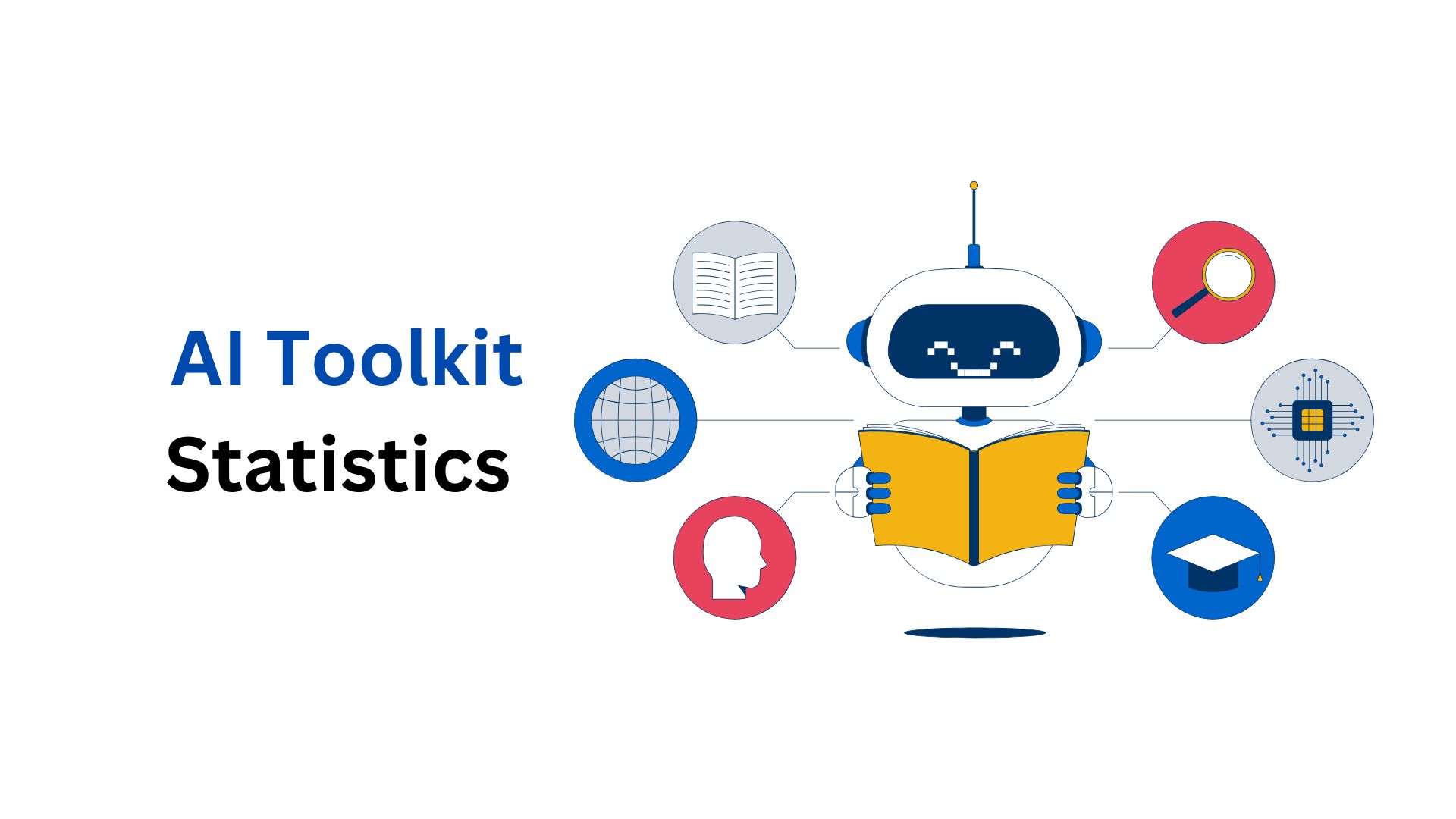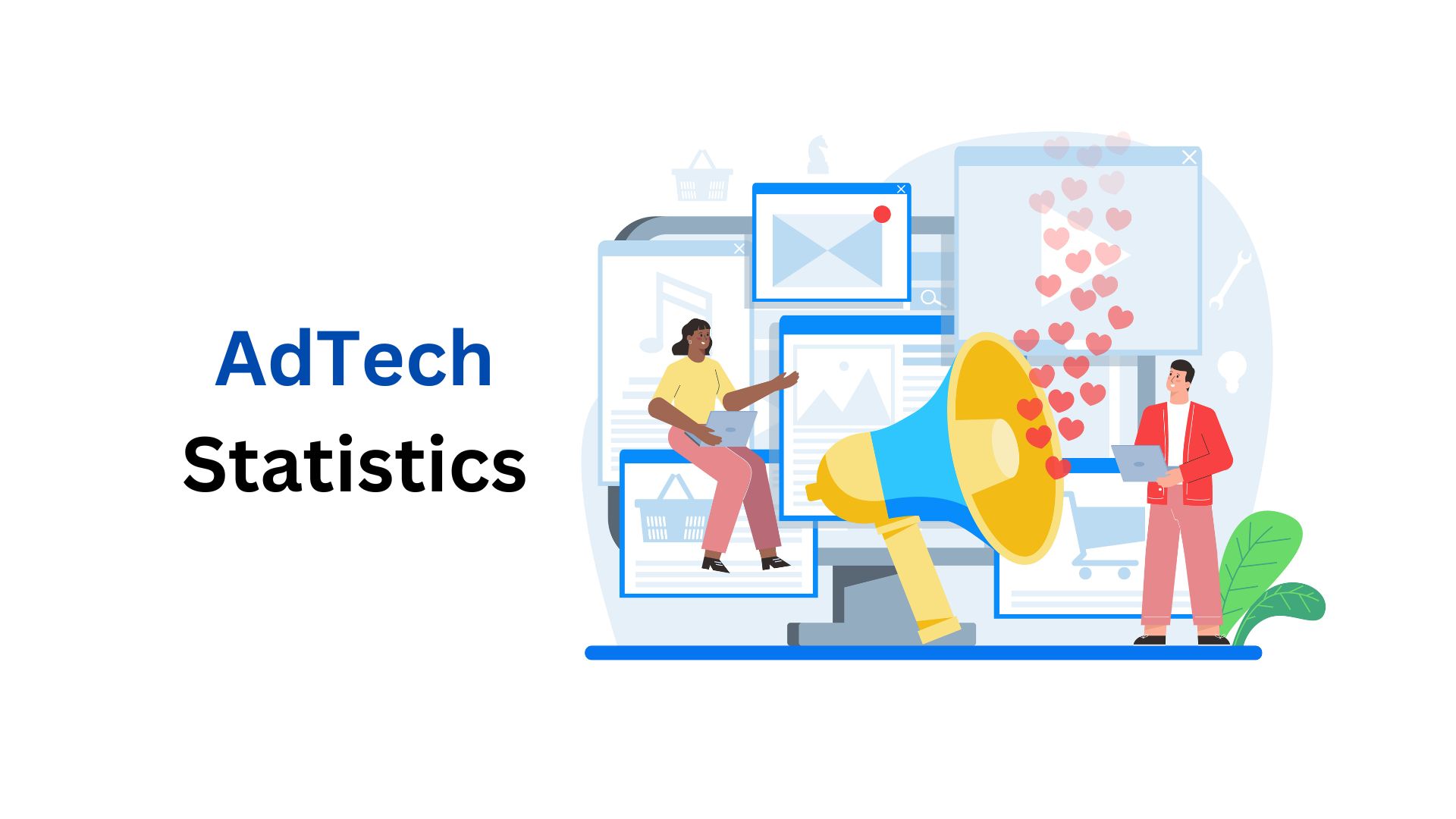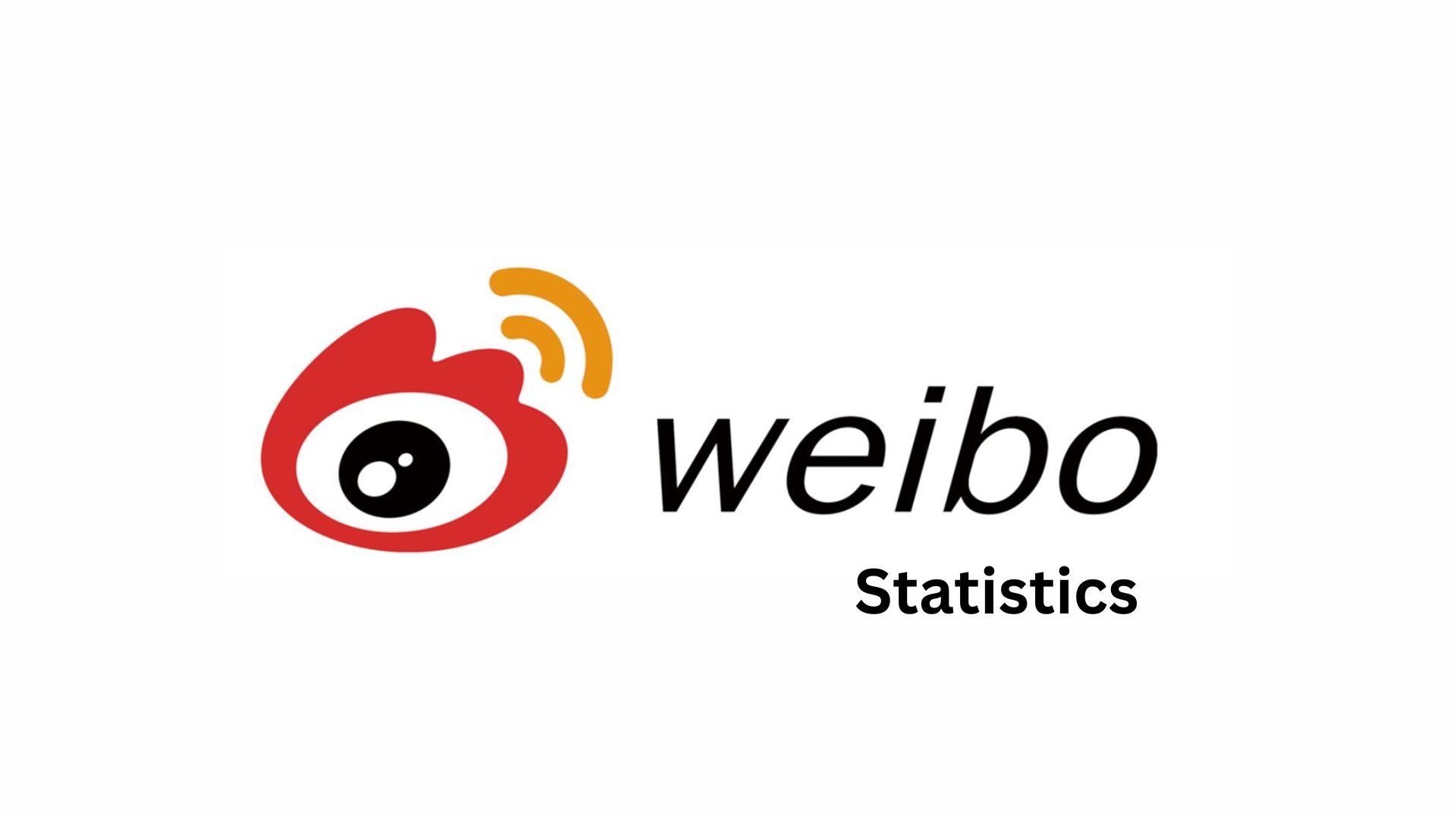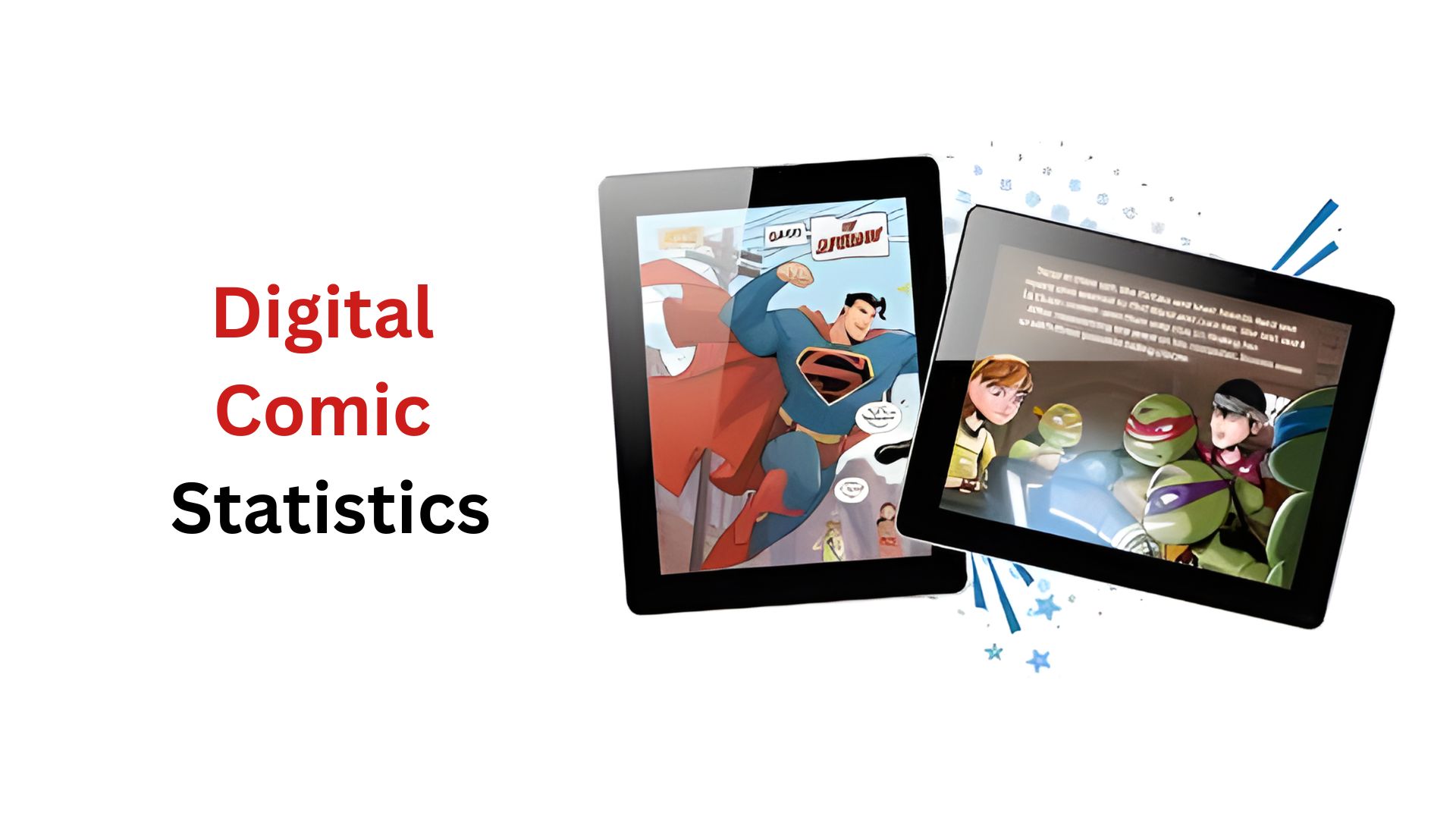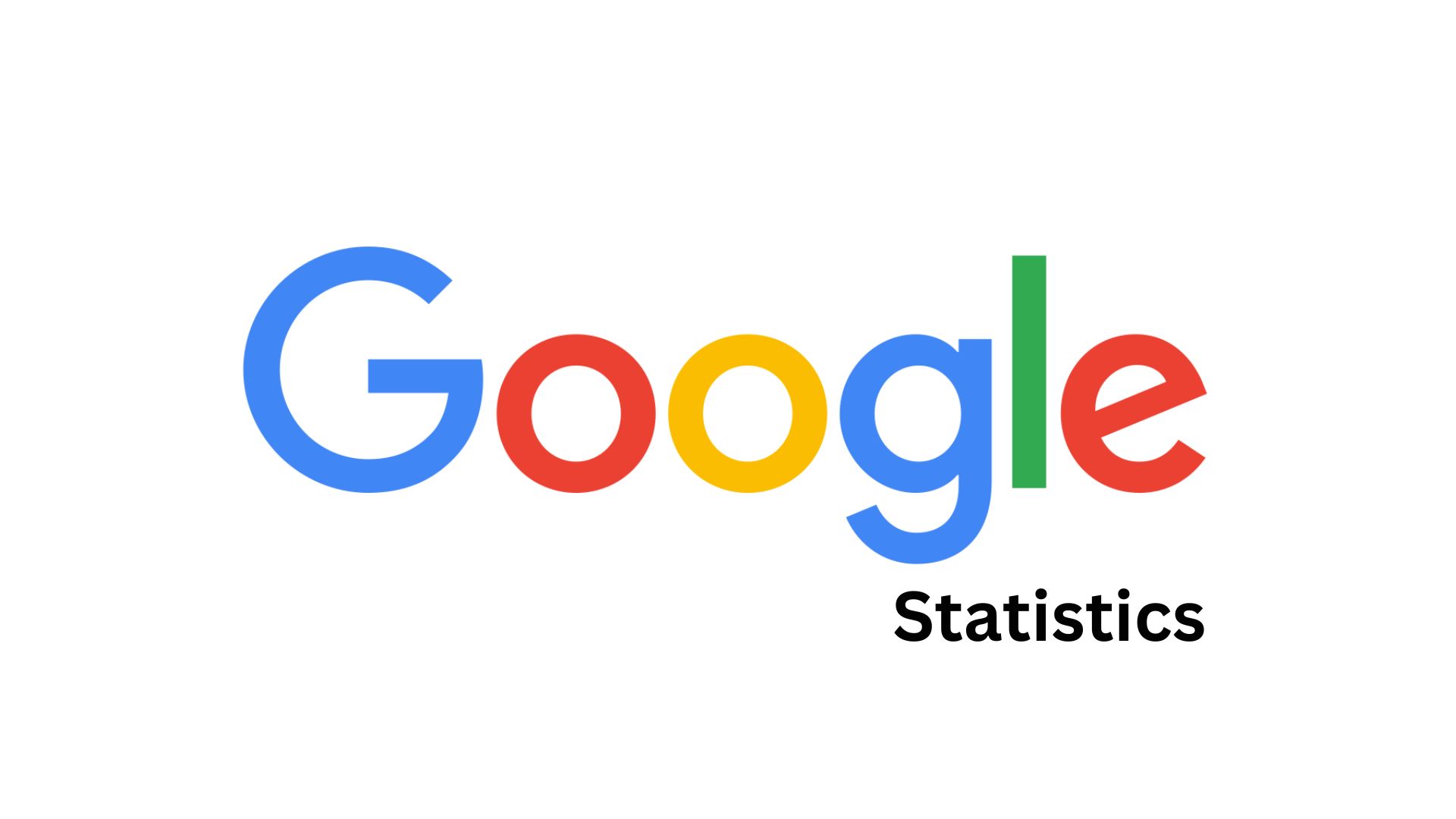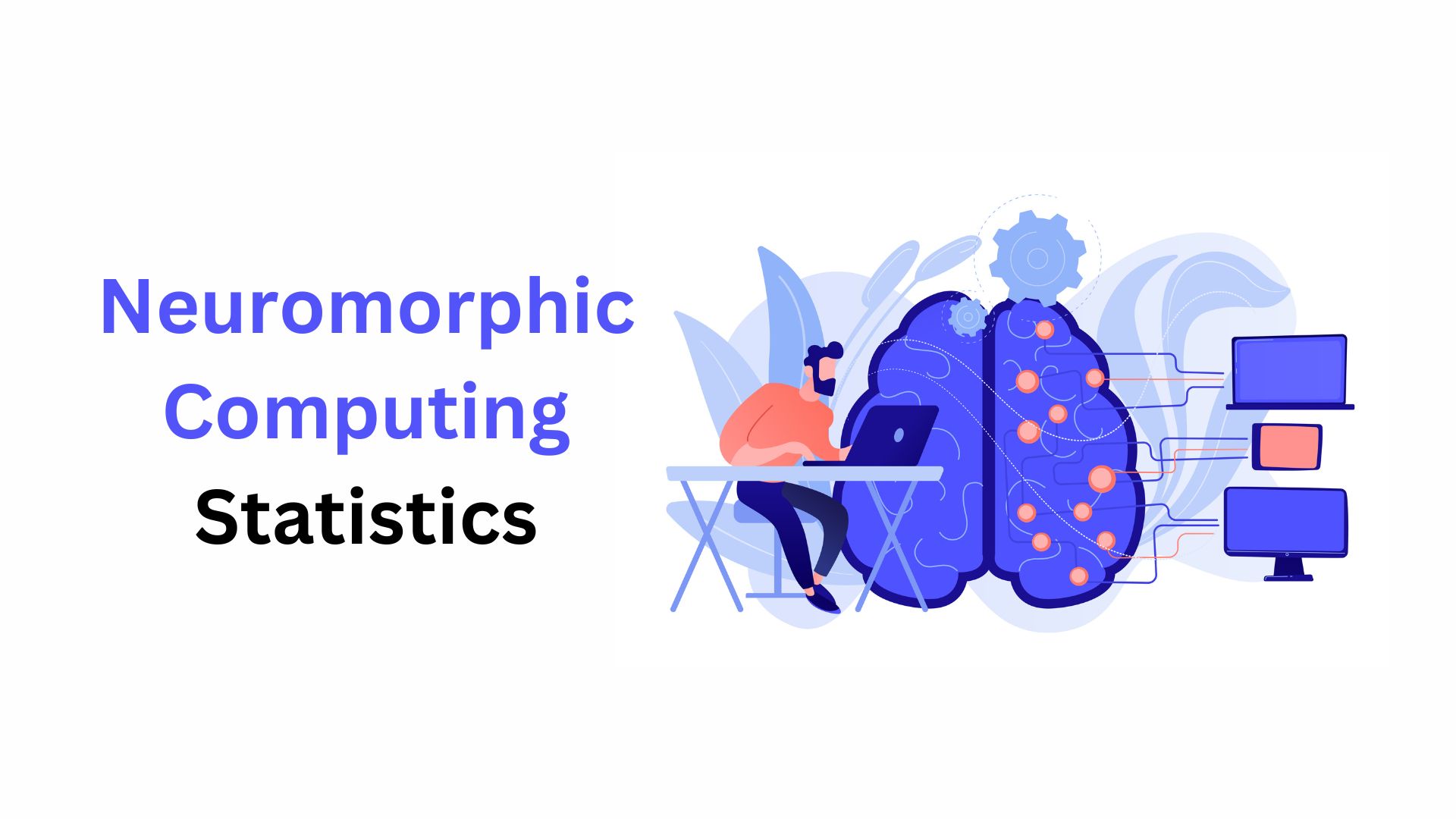Storytelling Statistics By Marketing, Brand, Demographics And Content (2025)
Updated · Sep 24, 2025
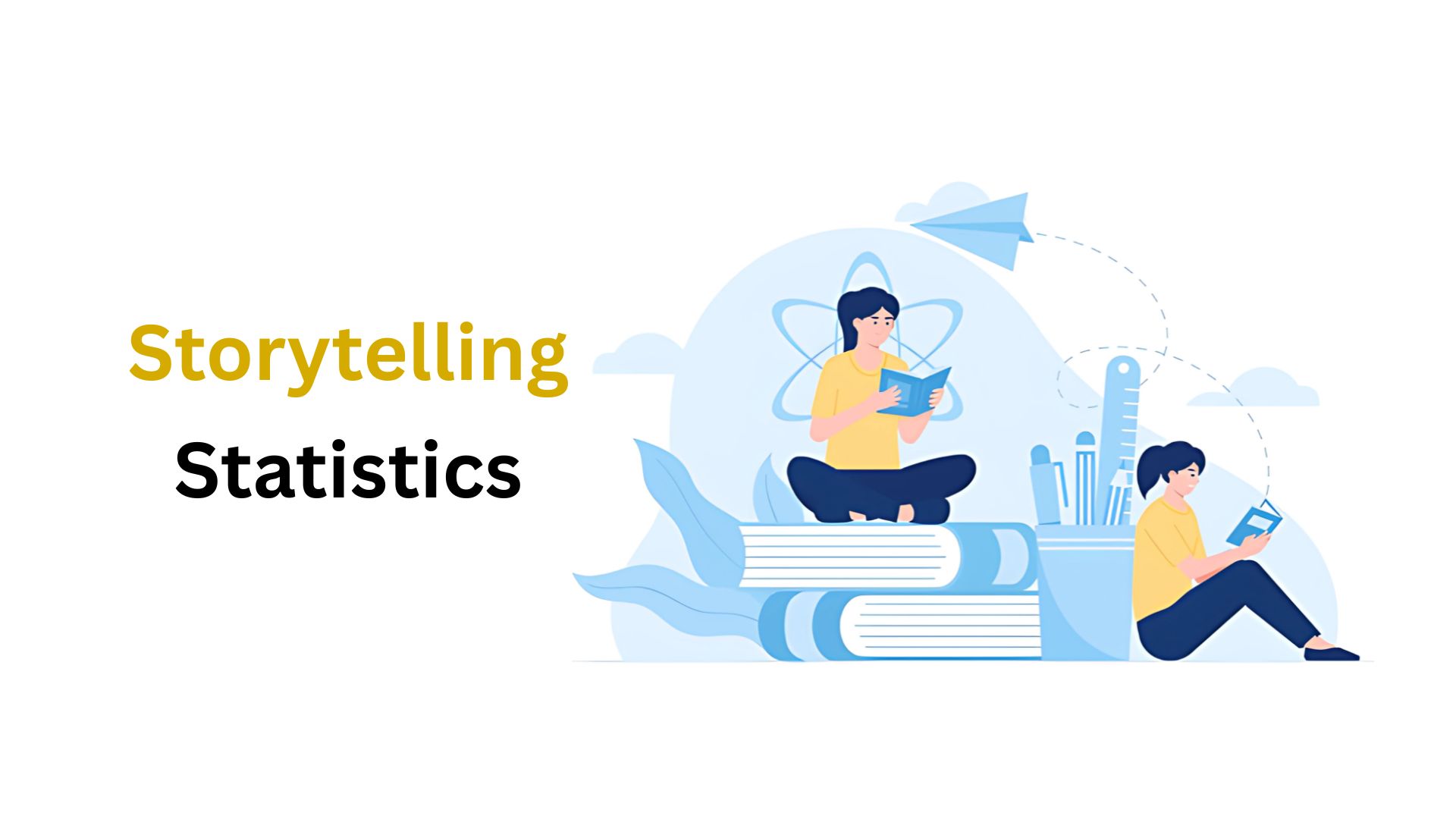
Table of Contents
Introduction
Storytelling Statistics: Gone are the days when storytelling was just an ancient tradition. In 2024, it went on to become a powerful tool in marketing, leadership, branding, education, and customer engagement. Both businesses and industries employ stories to connect emotionally, promote retention, and call for action. Since the advent of content marketing, accompanied by copious AI-generated narratives and other digital media platforms, storytelling has remained a fundamental aspect of modern communication.
This article examines the latest storytelling Statistics for 2025, highlighting how stories influence buying behavior and engagement across various industries.
Editor’s Choice
- Storytelling marketing grew 46% in 2024, showcasing an increasing demand and 6,600 new queries over the past five years.
- Storytelling aids conversion rates by 30% and increases product perception level by 2,706%.
- 73.67% of marketers apply storytelling to convey sales-related information; the practice is yet to cross disciplines.
- It is easier for people to memorise story-provided facts 22 times than those given in simple data.
- The retention rate when data is aligned with storytelling jumps from 5 to 10% to as much as 67%.
- 92% of business directors find data storytelling an effective method of explaining insights.
- 55% of customers have a higher chance of remembering a story than a mere list of facts, while 64% believe stories help brands form bonds with customers.
- 62% of B2B marketers rate storytelling as an effective technique in content marketing, proving its enveloping effect among industries.
- 15% of UK adults say that they would buy immediately if they adored a brand’s story.
- Branded stories help increase 4% in customer trust and connection, along with 20% in customer loyalty.
- Storytelling helps nonprofits retain 45% of donors, whereas those that reject it keep only 27%.
- Storytelling affects demographic groups differently, where Boomers show the highest engagement, and women constitute 57% of the online storytelling interaction.
- The preferred mode of advertisement by 92% of people would be those using stories, and 66% believe brand stories are about ordinary people.
- Humour is big on the appeal factor in storytelling, with 57% of consumers over 55 and 28% of Gen Z preferring humorous brand stories.
- A total of 67% of marketers consider video storytelling to be more important, whereas just 7% feel that they have fully embraced the practice.
- Engaging stories make the brand’s conversion rate go up by 30%, shedding light on the clear ROI impact on all digital channels.
Storytelling Marketing
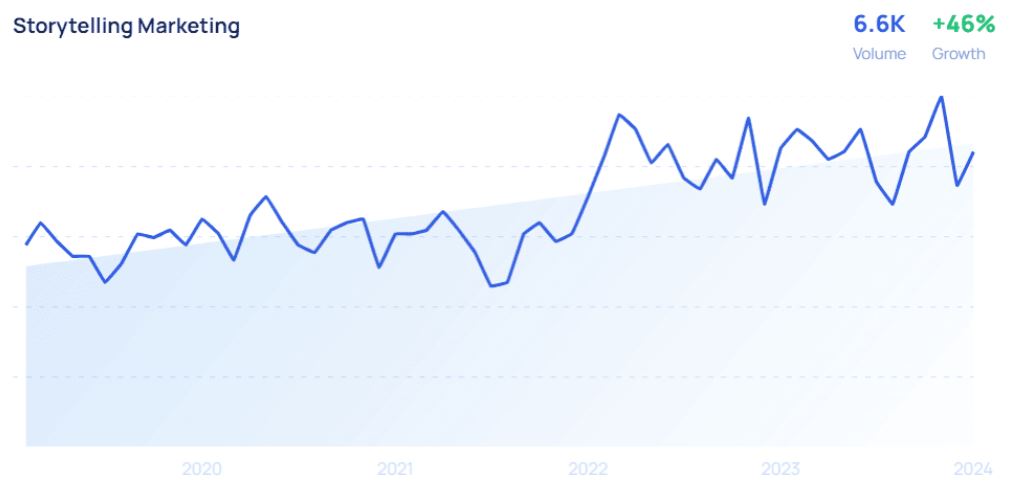
(Source: leapmesh.com)
- As per LeapMesh, storytelling statistics show that there has been a significant spike in the popularity of storytelling marketing in 2024, with a 46% growth from preceding years.
- This increase indicates 6,600 additional searches in five years, showing that this marketing approach is steadily drawing more interest.
- Row data marks how an increasing number of businesses, marketers, and content creators are now looking to storytelling to engage audiences, build trust, and drive conversions.
- This upward trajectory in storytelling indicates that marketing views this aspect as the very connection linking it to consumers at a much deeper, emotional level.
Storytelling Brand Statistics
- The data strongly establishes the case for brand storytelling in marketing and engaging the consumer.
- Of the respondents, 73.67% confirm using storytelling in the communication of sales information, highlighting its selling power.
- Storytelling may boost conversion rates by up to 30% The importance of storytelling in marketing transcends sectors, with 62% of B2B marketers attesting to storytelling as an effective content marketing tool. This could be because stories speak directly to the human mind and are, therefore, up to 22 times more memorable than plain facts due to the brain’s preference for remembering emotionally engaging narratives.
- Sponsored content modelled after real storytelling or journalistic formats ranks higher in effectiveness across all age groups when compared with conventional advertising.
- Telling stories through video is very impactful: 67% of marketers have found its significance to their organization increased, yet only 7% think they are utilizing it to its full potential; 61% are also making use of video formats such as branded short films and series, and 44% believe branded video stories are the best marketing outcomes.
- Of those who fancy a brand story, some 55% state they would buy the product associated with it, and 66% agree that the best brand stories revolve around everyday people.
- Likewise, 64% of respondents feel storytelling enables a brand to establish a better connection with its customers, while 57% say they appreciate stories about real people.
- Within these brand channels, brand stories are best disseminated through formal brand channels such as a website, blog, or newsletter.
- Cognitive studies illustrate how mere stat-based communication secures only 5-10% retention, while 65-70% people retain when content is communicated via storytelling.
- Unbelievably, stories can create economic value in that they can increase the perceived product value by 2,706%, which shows that narrative is a major factor in dictating how much one is willing to pay.
- Humour is another element that hits right at home 57% of consumers 55+ and 43% above 35 think that brand stories must be funny.
- Among the younger crowd, 28% of 18-24-year-olds and 37% of 25-34-year-olds also put humour first when it comes to brand stories.
- These indicators reinforce that storytelling is not just a fad; it is an essential part of how people communicate, remember, and deliberate, making it the top strategy for brands aiming to engage and convert their audience in 2024.
Storytelling Content Statistics
- The adult population appreciates humour in storytelling, with 43% describing a preference for funny ones.
- Around 92% of consumers expect that brands will create ads that resemble stories to some degree. Audiences prefer to be entertained and emotionally engaged with the content rather than given direct, sales-driven advertisements. Stories that make you laugh, cry, or think maintain longer impressions than typical promotional slogans.
- Marketers say branded video stories deliver the best results for 44%. Video already performs well, but adding narrative elements promotes emotional engagement even more and yields higher conversion rates.
- Some 66% of people say their favourite stories are about regular, everyday people. Through the telling of everyday experiences and showing relatable characters, brands can be trusted on a level that helps foster that emotional connection with their audiences.
- 79% of marketing decision-makers based in the UK claim that this is the paramount component of any storytelling.
- Stories eliciting emotions of joy, empathy, or inspiration stand a greater chance of getting etched into one’s memory and being shared, thus proving to be strategic assets to any marketing campaign. Authenticity is still very much required, though; 62% of consumers state that they would find it hard to trust content created purely by AI.
- While AI can be a great assist in content generation, people still desire that human note of authenticity and emotional impact. In a way, this becomes the magic formula AI tools and human creativity must go hand-in-hand to maintain brand credibility and connect with the audience.
Data Storytelling Statistics
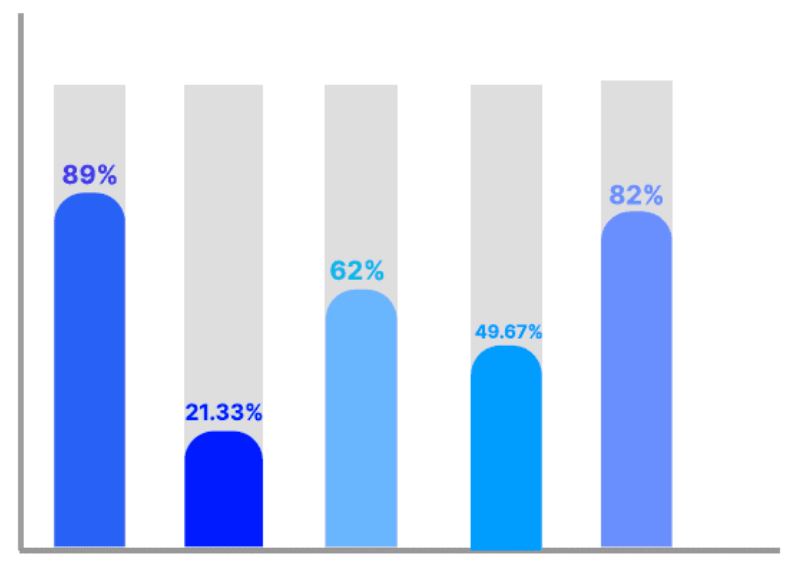
(Source: passivesecrets.com)
- As per Passivesecrets, storytelling statistics state that approximately 93% of business executives and data experts agree that an excellent ability in data storytelling can directly contribute to increasing a company’s revenue.
- It follows that being proficient in communicating insights to promote engagement is no mere plus but a powerhouse of business success.
- 71% of executives say this is very important, especially in presenting insights to the C-suite or top-level stakeholders.
- However, only 21.33% of marketers rank data visualisation for storytelling for wide audiences as a high priority, which means that many marketers are still not getting the full value from this tool.
- According to 62% of marketers, online classes are where they have learned data storytelling and visualisation techniques.
- The aspects of video learning are significant as well, as about 49.67% of marketers grow their video-based storytelling skills. Among the IT & data pros, 82% state they are familiar with data storytelling.
- Public interest in this topic is also shown in the popularity of the topic on YouTube. Using VidIQ, searches show that among videos containing “data storytelling” in the title or description, views averaged 34,072, with the top-viewed video having 250,241 views, giving an indication of strong engagement and curiosity on the topic. Written resources rank at the bottom in terms of preference, showing a need for more interactive or visual approaches for instruction.
- Looking into the future, 75% of data stories will be created automatically by augmented analytics tools, and by 2025, data stories should gain prominence as the core method for consuming analytics.
- Rebuilding its strategic importance, such 92% professionals agree that data storytelling ranks high as one of the best ways to communicate analytics insight. Yet there remain certain challenges. Alternately put, nearly 49% feel their organisations lack storytelling skills, even if their people are deemed data literate.
- Moreover, another 87% said their leadership teams would probably make better data-informed decisions if the presentation of the insights were clearer and more inspiring.
Storytelling Demographics
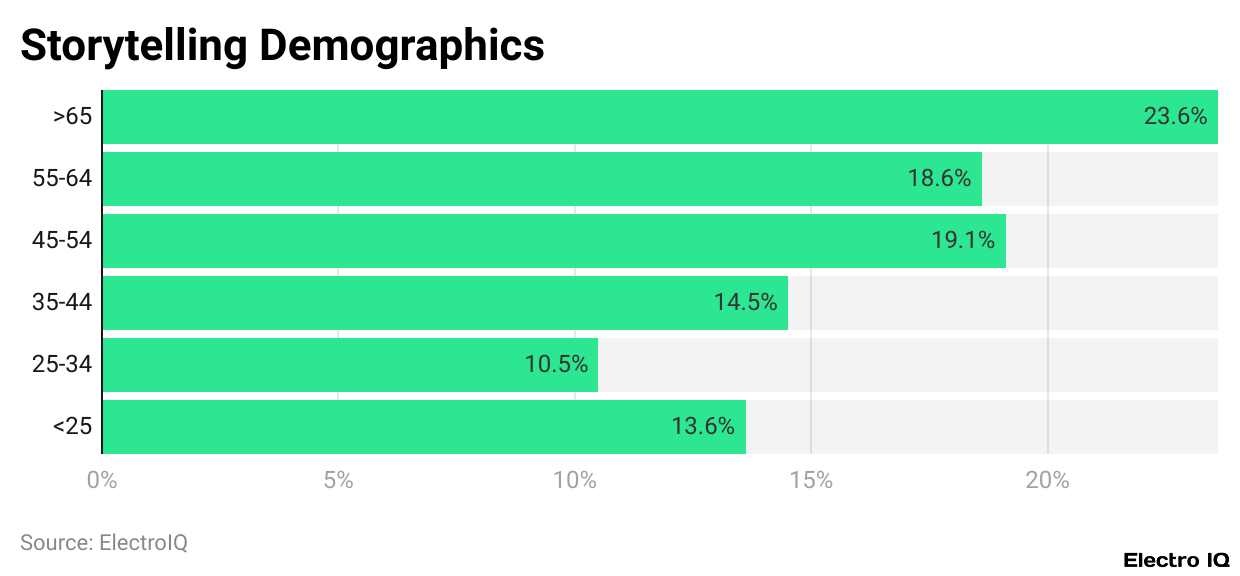
(Reference: pzaz.io)
- We have data showing that perhaps the greatest level of exposure and engagement with storytelling content lies in the highly overlooked senior population, upward of 65. This cluster more poignantly resonates with emotionally appealing compositions.
- Possibly one reason for this is that the seniors have had far less exposure to digital content as compared to the younger generation; therefore, they tend to use emotional cues and instinctual feelings to choose which media to engage with.
- As for other ages, the ranges of engagement in % ages are as follows: 45 to 54-year-olds at 19.1%, then 55 to 64 at 18.6%; in age groups 35 to 44 and 25 to 34, the rates drop down to 14.5%, and finally, at an all-time low, comes under-25s at 13.6%. This would indicate that seniors do tend to connect more deeply with storytelling as opposed to their younger counterparts, especially when emotion is present.
- Reception to visual storytelling varies across genders, too. Thus, among the online engagement, women comprise 57%, and men 43%. This gender difference might separate two ways of dealing with and interpreting stories–especially in film and video marketing. These revelations imply that needle-storytelling campaigns have to combine in writing and in design dynamics relating to age and gender.
Value Of Storytelling In Business
- Some 65 % of conversations revolve around personal stories.
- Seventy-seven % of UK adults believe that brands should tell their stories.
- Branded stories increase trust and brand affinity by 4%.
- Some 64% of respondents agree that good storytelling enables brands to communicate with their customers.
- Some 62% of people believe that social media is almost an effective medium for storytelling.
- A nonprofit that uses storytelling successfully has a donor retention rate of 45%, while one that does not has 27%.
- A product story has a 40% greater influence on people aged 18 to 34 than any other form of advertising.
- Audience members tend to remember a story-based fact 22 times more than a regular fact.
- A 20% boost in customer loyalty for all those brands that can tell compelling brand stories.
- Storytelling can increase their potential product value by 2,706%.
- In an analysis by Gartner Inc., 92% of business leaders and data professionals agreed that data storytelling is an effective way of communicating or delivering analytics results.
- Brands with stories told well can see a 30% increase in conversions.
- 15% of UK adults said they would purchase immediately if they loved a story connected with a brand.
- 62% of B2B marketers find storytelling effective in their content marketing strategies.
- Storytelling adds a 30% value increase to the product.
- 55% of consumers remember a story better than a set of facts.
Conclusion
Storytelling Statistics: Storytelling in 2024 will not be a mere artistic option but a strategy supported by data, from increasing engagement and retention to building trust and generating sales, whether from advertisers, instructors, or creators, storytelling fosters emotional connections that statistics alone can never make.
As audiences want authenticity and relatability, the winning brands will be those that tell their stories well, truthfully, consistently, and purposefully.
FAQ.
Storytelling works in 2024 as a compelling marketing strategy because it stimulates the emotional and cognitive centres of people. Just 5 or 10% of people remember mere facts, but when those facts are enveloped in stories, retention goes up to 67%. Storytelling may also enhance conversion rates by 30% and give a product up to a 2,706% increase in perceived value. Brands that tell stories well build trust with their customers, thus gaining loyalty and further seeing the return on investment enhanced a whole lot.
Consumers respond positively: 55% would be more inclined to buy from a product if they love the story of the brand; 64% say storytelling simply allows the brand to better connect with customers; 66% believe the best stories revolve around everyday people; compelling storytelling led to a 20% increase in brand loyalty. Emotionally stirring and truthful stories are the ones that most strike a chord with the audience, increasing engagement and memorability.
Surprisingly, the older generations show the most engagement: The age 65 and above demographic must be the best responders to storytelling content. Women make up 57% of online storytelling interactions. The younger population groups, like Gen Z, also respond well, particularly to humorous and relatable content. However, older audiences exhibit a more consistent emotional response to narrative-driven content.
Data storytelling mixes analytics and narrative to communicate insights effectively. According to 92–93% of the business leaders, it enhances decision-making and revenues. 71% of executives consider good data storytelling skills crucial, with 75% of data stories expected to be generated by AI by 2025. Despite that, a meagre 21.33% of marketers are taking data storytelling to wider audiences, showing a drop in engagement.
Video is among the most powerful storytelling tools: 67% of marketers say it is becoming more important, 44% believe branded video stories provide the best results in marketing efforts, and only 7% believe they are fully exploring its potential, etc.; Video focuses on a visuals-strike combo, alongside sounds and emotions that build memorable brand stories loaded with compelling triggers that urge immediate action.

Maitrayee Dey has a background in Electrical Engineering and has worked in various technical roles before transitioning to writing. Specializing in technology and Artificial Intelligence, she has served as an Academic Research Analyst and Freelance Writer, particularly focusing on education and healthcare in Australia. Maitrayee's lifelong passions for writing and painting led her to pursue a full-time writing career. She is also the creator of a cooking YouTube channel, where she shares her culinary adventures. At Smartphone Thoughts, Maitrayee brings her expertise in technology to provide in-depth smartphone reviews and app-related statistics, making complex topics easy to understand for all readers.

